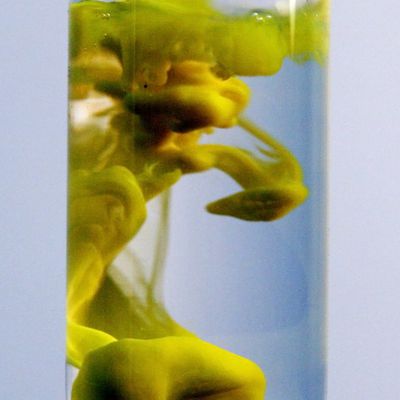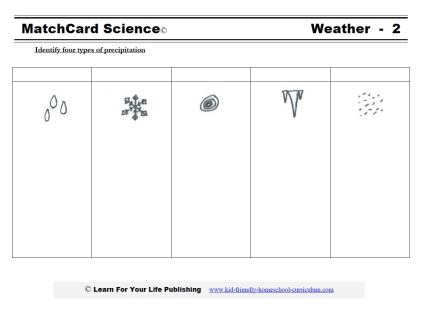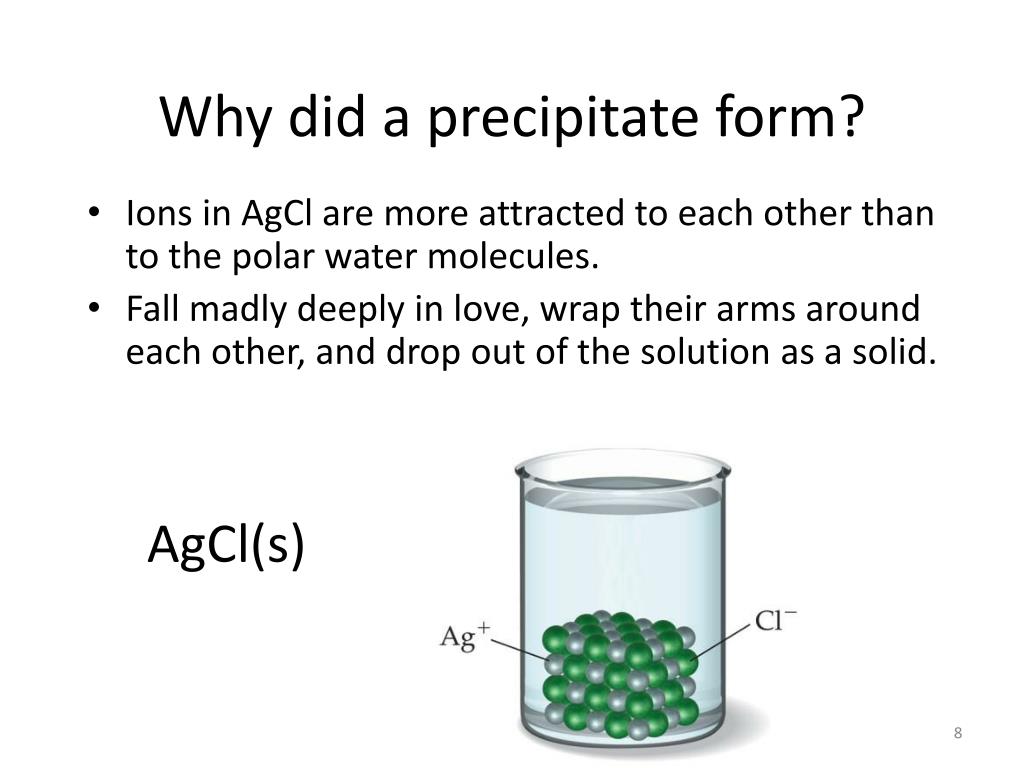

The precipitate of CdS is yellow to brownish.Ĭheck Important Formulas for Chemical Reactionĭouble displacement reactions are said to be precipitation reactions when the chemical reaction between two aqueous salts gives the products as a soluble aqueous solution and an insoluble salt precipitate. The precipitation reaction between aqueous AgNO 3 and aqueous KCl is: This document can be made available in alternative formats on request for a person with a disability.Example 1: Take two aqueous salts, namely, silver nitrate (AgNO 3) and potassium chloride (KCl). Outcome of paediatric convulsive status epilepticus: a systematic review.


Infusion may need to be slowed or stopped in case of hypotension, impaired respiratory effort or bradycardia.Advise doctor immediately if any change in patients condition.5 minutely blood pressure (BP), heart rate (HR), oxygen saturations (SpO2) respiratory rate (RR), for duration of infusion and for 30 minutes following completion of the flush.Prepare to insert 2 x intravenous cannulae or intraosseous needlesĭuring Levetiracetam, Phenobarbital (Phenobarbitone) or Phenytoin sodium Infusion.Any child having a prolonged seizure should be nursed in resuscitation room if possible.Follow the Status epilepticus flowchart and prepare drugs as required.Airway adjuncts – consider an oropharyngeal or nasopharyngeal airway as required.This guideline addresses the treatment of status epilepticus and not the underlying cause – once the seizure has been terminated, investigate as required.The approach to a child who presents with a tonic-clonic convulsion > 5 minutes should be the same as for the child with established status epilepticus.infectious screen, anti-epileptic drug levels. Consider other investigations according to the possible underlying aetiology e.g.Examine for underlying causes that can precipitate seizures.
#Precipitate definition for kids full#

The estimated incidence is 20 per 100,000 children per year. In approximately 30% of cases, status epilepticus is the initial presentation of a seizure disorder.Status epilepticus is the most common neurological medical emergency.DefinitionĬonvulsive status epilepticus is defined as a generalised tonic‐clonic convulsion lasting more than 30 minutes, or repeated tonic‐clonic convulsions over a 30 minute period without recovery of consciousness between each convulsion. To guide staff with the assessment and management of status epilepticus. R ead the full CAHS Emergency Department disclaimer Clinicians should also consider the local skill level available and their local area policies before following any guideline. These clinical guidelines should never be relied on as a substitute for proper assessment with respect to the particular circumstances of each case and the needs of each patient. Clinical common-sense should be applied at all times. They are not strict protocols, and they do not replace the judgement of a senior clinician. These guidelines have been produced to guide clinical decision making for the medical, nursing and allied health staff of Perth Children’s Hospital.


 0 kommentar(er)
0 kommentar(er)
